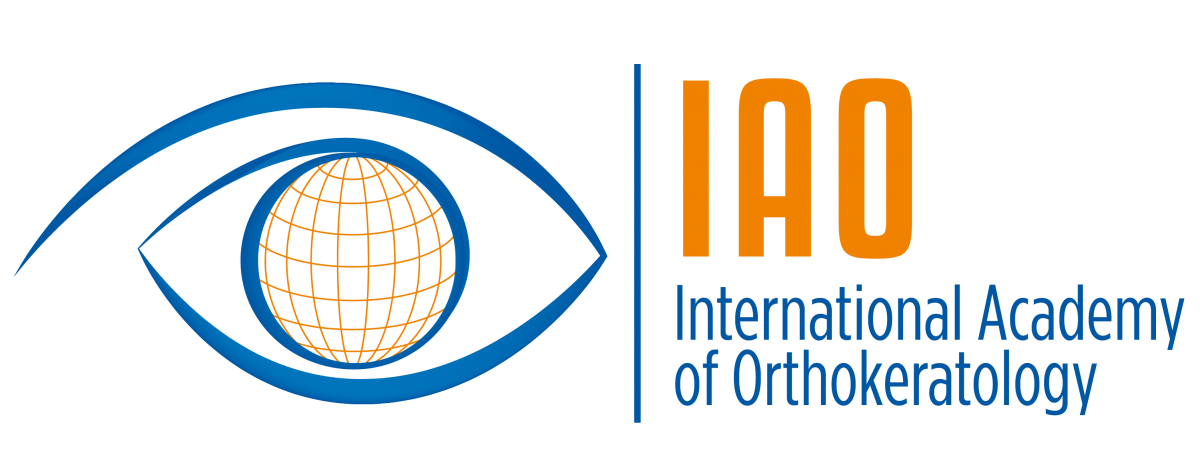By Aidan Quinlan
Keratoconus is a condition affecting the cornea, which is the clear front surface of the eye. In keratoconus the cornea is thinner which causes it to bulge into an irregular cone-like shape, drastically compromising vision.
A typical patient story of someone with keratoconus:
A 20 year old man with severe keratoconus in both eyes and advanced allergies affecting his eyes presented for an assessment at Bay Eye Care to investigate his options to improve his vision. In the past, Mr Z had tried soft contact lenses which drape over the surface of the cornea. In keratoconus these lenses can be uncomfortable, unstable and may only give minimal vision improvement. Mr Z also found them hard to insert and remove due to having minimal training and advice elsewhere, and the discomfort issues related to his ocular allergies. Unfortunately, soft contact lenses did not even allow Mr Z to meet the vision standard to drive. Because of the shape of his eyes glasses were unable to make much improvement in vision. He therefore lived day-to-day without any vision correction. He is a student at university with a part time job in retail and had several hobbies including being part of a band. Mr Z struggled with glare and clarity of vision, and struggled to see to complete certain tasks at work or see presentations at University.
What are scleral lenses?
In this case Mr Z was the perfect candidate for a rigid scleral lens to correct his vision. Scleral lenses are larger than other contact lenses (between 15.5mm to 20mm in diameter) and they vault the whole cornea and rest on the sclera (white of the eye), sitting under the upper and lower eyelids. As the lids do not hit the lens edges, they are typically very comfortable and stable on the eye. Scleral lenses are filled with saline or artificial tears to bathe the cornea during wear and prevent any air bubbles getting trapped. They are particularly helpful for eyes which are prone to dryness or allergies. In conditions like keratoconus a rigid lens provides a clear and uniform surface for light to be focused through, therefore they can provide improved vision beyond that achievable with glasses or soft contact lenses.
A scleral lens on the eye of someone with keratoconus.
How do we fit scleral lenses?
At our initial appointment, a set of diagnostic scleral lens trial lenses were placed into each eye. They were able to provide Mr Z with an idea of how the lenses would feel and what benefit they would provide for vision. Mt Z admitted to an initial feeling of apprehension and nervousness, combined with excitement for the potential vision he could be obtaining each day with the lenses in place - a very common combination of emotions in our patients! At this fitting appointment, all measurements were made in order for us to design and order a pair of custom scleral lenses from our contact lens laboratory in Christchurch.
Bay Eye Care optometrist Mr Aidan Quinlan teaching a contact lens patient how to use their new rigid lenses.
At his next appointment we delivered the lenses, checked the fit of them on the eye with photography and scans, and taught Mr Z how to use and take care of them. Mr Z found the lenses quite confronting and was apprehensive of handling due to their size and shape. We normally allow a longer 1.5 hour appointment with our optometrist when starting patients with these lenses, meaning that there was ample time to ensure Mr Z left feeling ‘calm, comfortable and motivated’ to begin lens wear.
A great outcome for our patient
In the first week of scleral lens wear Mr Z’s life was finally not limited by his vision. He was able to complete additional tasks at work, such as manning at the register and serving customers. Mr Z also was amazed by the brightness of colours, ease of reading street signs and the details of grass while outside. Mr Z’s mother also noted an increase in Mr Z’s confidence; she said she was relieved to have her son ‘back to normal’ after an emotional and eventful few years after his initial diagnosis of keratoconus.
This shows an example of vision with mild keratoconus (left), severe keratoconus (middle) and vision with scleral lenses (right).
Following a month of wearing scleral lenses Mr Z was comfortable with insertion and removal of the lenses, and was able to wear the lenses all day without any issue. He now comments on ‘not being able to live without the clear vision provided by scleral lenses’ and that he ‘doesn’t like to start the day without first putting his lenses in’. We now catch up on a regular 6-monthly basis to ensure the lenses are in good condition, are fitting and functioning well and his eyes remain healthy. Regular reviews are also important to monitor for any keratoconus progression, which can be treated with the likes of corneal cross-linking treatment.
If you or someone you know has been struggling with their vision from keratoconus please get in touch with us at Bay Eye Care, to see if a fitting with scleral lenses may provide a solution similar to Mr' Z’s life changing story.









